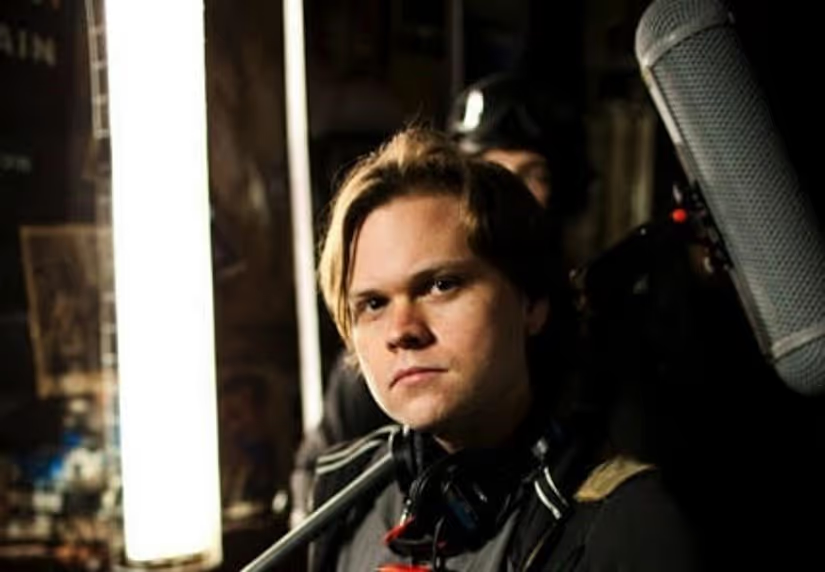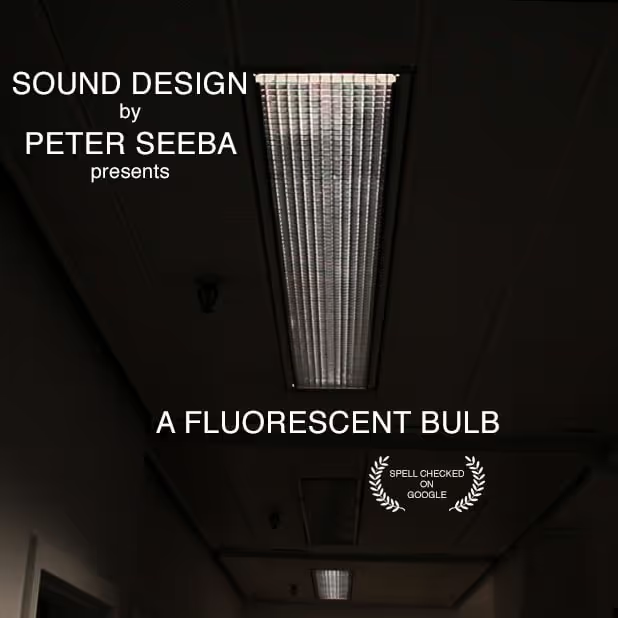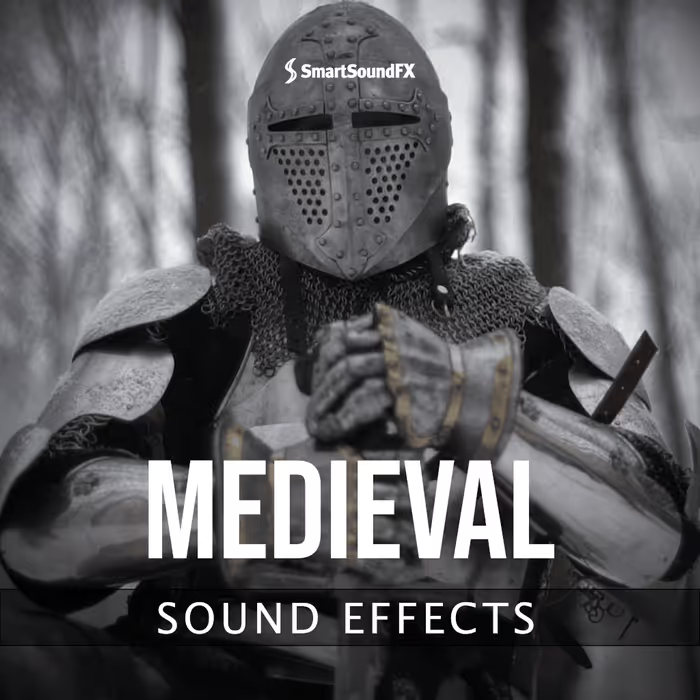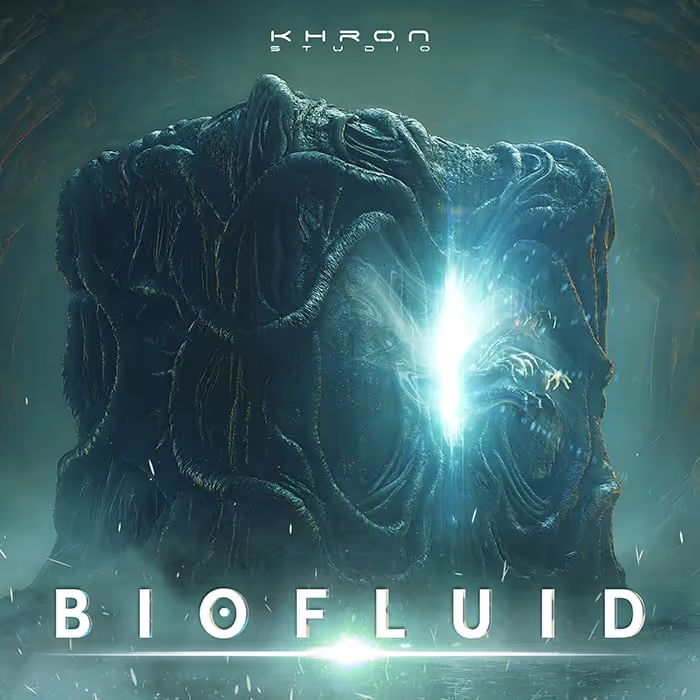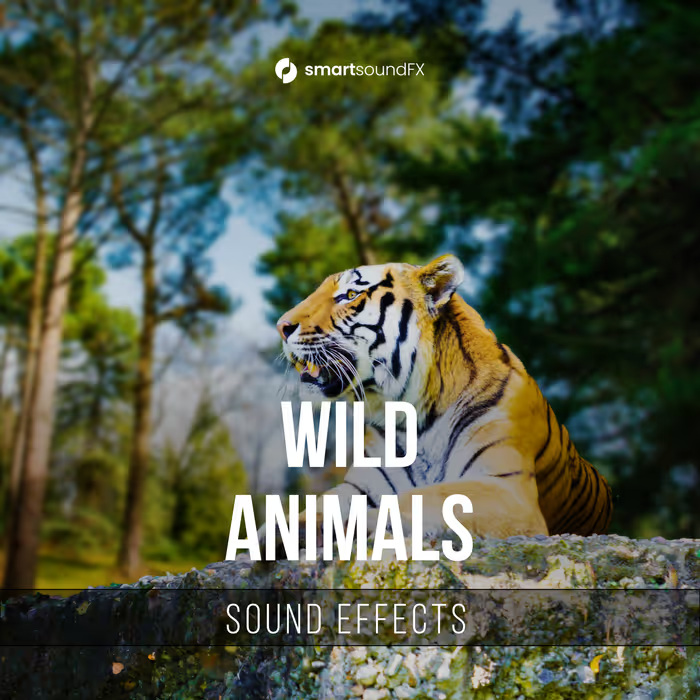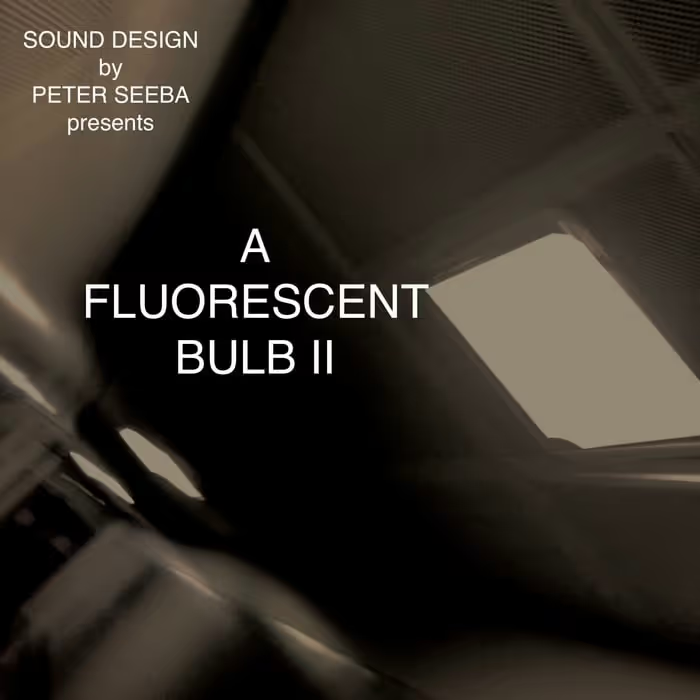DS: Hi Jamie, thanks for joining us today. Before we get started, can you tell us about your background and how you got your start in sound? How did you work your way up to being a sound designer, re-recording mixer, and sound effects editor on shows such as 22 Jump Street and Zero Dark Thirty?
JH: I studied film at USC and my work-study job was in the sound department, as a Pro Tools tech and all-around audio engineer. After graduating, I happened to hear from a TA about a job as a runner at a sound house in Glendale. The TA in this case was Addison Teague, and I took over for him as a runner and gumby at Steve and Judee Flick’s Creative Café. There I started out as an assistant, which I did for several years under a couple supervisors: Flick, Jon Johnson, Ron Eng, Cameron Frankley and some others.
This whole time I was also designing and mixing shorts and independent projects for my friends from school and when Paul Ottosson needed an extra editor on The Hurt Locker I got the call and that was my first credit as an editor! I worked for Ottosson and other crews at Sony for the next six years, on shows like Zero Dark Thirty, 22 Jump Street, 2012, Fury and a bunch of other things.
Eventually I think I just wanted some more responsibility and a change of scene, some friends introduced me to the head of post at Blumhouse, and for the last few years I’ve been supervising and mixing projects for Blumhouse, WWE, Paramount and others.
DS: Our current topic is Field Recording. Can you name a couple of shows where you did a good amount of field recording? What sounds did you record for those shows? Can you name a few and talk about them?
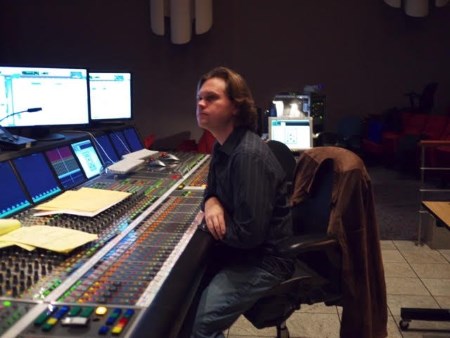
JH: I think the project I did the most recording on myself was The Alamo, Jon Johnson supervised. We did a bunch of field recording sessions with authentic weapons, cannon, multiple kinds of targets and perspectives. I did not personally participate, but the location crew on Fury in the UK—Lisa Pinero, Eilam Hoffman and others—did a huge library of recordings on the extant Sherman tanks used in that film, including turret movements, switches and actuators, operating sounds (like shell casing foley), and they also collected useable IRs (impulse responses) of the interiors, which we used extensively.
I admit that on my more recent projects my schedule is incredibly short and I don’t have much time for recording, I am a happy customer of A Sound Effect and other sites!
My field recording very much is focused on fixing immediate problems: on Stephanie I did a bunch of practical recordings of kitchen appliances, trying to get a little drama and horror out of a blender in particular (I eventually used an impact drill for the final effect). On Amateur Night me and the director borrowed a neighbor’s Volvo, and I got a complete series to suit the comedy chase/action scenes in that show. One of my first features was a zombie film, Dance of the Dead, and on that film I was also the production mixer, and this gave me a lot of opportunities to collect sounds on set, with crowds of people playing and performing zombie voices, vehicles, and then coming back to the studio and recording a lot of gore and horror elements with Charles Dayton.
[tweet_box]Field Recording with Jamie Hardt[/tweet_box]
DS: What are a few of the most interesting sounds that you’ve recorded? Do you have a favorite sound that you’ve recorded? Anything that stands out?
JH: It sounds pretty boring but a sound I keep using constantly is the sound of a wet rag wrung onto a wood floor. I recorded it for Dance of the Dead as a blood splatter sweetener for gunshots, and I just use it all the time. It’s such a nice addition if you see any blood spray on-screen.
I’ve also taken some pride in building my own kicks and punch elements, which I recorded for a short with Hamilton Sterling. In that case I came over to his studio and helped him troubleshoot some ground loops. As a trade we recorded. We punched each other in the chest and crunched various vegetables with his excellent ribbon mic and mic pre at 192K.
DS: At what point do you know that you’re going to need to do some field recording for a show? Is there a certain point when you’re working on something and you just feel like it’s time to go do some field recording?
There are certain sounds I know, even from the script, that I’ll want something to be authentic.
JH: There are certain sounds I know, even from the script, that I’ll want something to be authentic. I have a project coming up this summer, and in the script, the screenwriter says, in so many words: “A Grumman Widgeon seaplane arrives,” so I’m strongly inclined to find that. I’m extremely allergic to using library sounds that I’ve heard before for “hero” sounds – things I know will be prominent on screen and be significant characters.
DS: What kind of gear do you use for field recording?
JH: I have a Sound Devices 702T, an Audio-Technica stereo shotgun and some SM57s. I also have a Sennheiser 416 from my production recording days that I keep around for dialogue recording and I always bring it when I’m dubbing, for use as a stage mic. If I’m ever recording backgrounds or quiet sounds I try to borrow a friend’s Sanken CSS.
DS: Besides your main recording rig, do you also have a smaller pocket sized recorder for quick and dirty stuff? Which recorder do you recommend?
JH: Yes, I always have my Røde iXY clipped to my bag. I pick up a ton of casual sounds with it, a lot of the short sounds in my library are from that. It’s just so easy get it out, get the sound and then pop it up to my Dropbox from my iPhone.
DS: Do you get advice from people on what to buy or do you research it yourself?
JH: I try to stay up to date with the sales literature, and I’m always reading Gearslutz and a few blogs for user reviews.
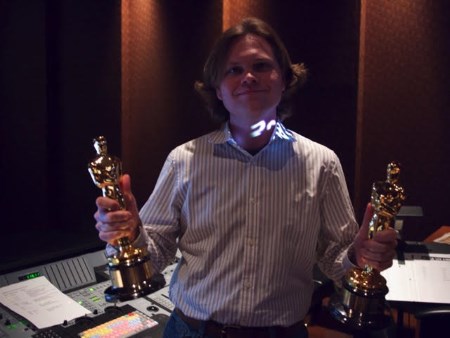
DS: Do you go alone to record or do you need help?
JH: I’ve mostly gone out by myself lately, but you can always use one or two people to hold microphones. It’s impossible to record vehicles without multiple people.
DS: Do you typically record in stereo, mono, 5.1, or other format?
JH: I just record in stereo. I think if I were in a market for a sound rig at this time, I’d invest in an A-format ambisonic capsule of some kind, like the Sennheiser AMBEO.
DS: What sample rate and bit depth do you like for recording?
JH: I always record at 24 bit. Any kind of short sound, any kind of engine or technology I try to record at 192 KHz. Backgrounds I’ll only record at 96K or 48K depending on if I’m using the 702T or iXY on my iPhone.
DS: How long do you stay out to record?
JH: I think you have to commit a day for a particular project, like a vehicle, or a weapon, or a location.
DS: Do you have a list of things that you want to record when you go out recording and then work off of that list?
JH: It depends, if I’m on a project I’ll have a list of sounds for that project. If I know I’ll have a particular piece of equipment, I’ll make a list of sounds to fully cover the subject. I do think recording is something you have to do with an eye to building a general library, and not just fill the need of that project, that day.
I think I have a similar relationship with my synthesizers: I turn it on in the morning and just have to resolve to record anything that sounds interesting, full in the knowledge that I may make a lot of cool stuff, but nothing I make that day may be useful for the project I’m currently working on.
You have to give yourself liberty to discover things and let the day’s work take you where it takes you
It’s hard enough to create sounds on-demand when you know exactly what kind of thing you’re trying to record: like a Grumman seaplane, or a Volvo station wagon. It’s a measure again more difficult to create horror stings, or whooshes, or drone beds on Tuesday for a show you’re mixing on Thursday. You have to give yourself liberty to discover things and let the day’s work take you where it takes you.
Recording is the same way, you get the car, and you discover it makes a certain kind of sound with the clutch down, you record that sound, and you experiment, even if the car in the movie happens to be an automatic.
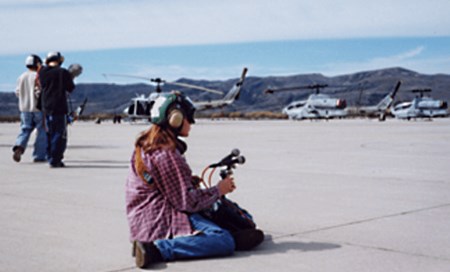
DS: What is your process for cleaning up and mastering your recordings?
JH: I’ll do some de-noising if necessary in iZotope but I really try to be conservative about that, maybe some notching and then some EQ and a limiter like Pro Limiter or Flux Elixir. Once it sounds right I’ll convert the WAV files to Apple Lossless, write out the metadata with Sound Grinder Pro or ffmpeg, and that’s what goes into the library.
DS: Is there anything else that you would like to add?
I’m looking forward to when I can source ambisonic IRs, and reproduce environments and materials in 3D surround!
JH: There are two new trends in libraries which I hope develop over the next few years: Ambisonic recording and the recording of IRs.
Among all the surround recording formats, I think Ambisonic has the most potential: you get a soundfield in three dimensions which is (or will soon be) adaptable to all the existing theatrical/broadcast 3D processes, and also to the next generation of immersive, interactive and video game content. There are some drawbacks, but for background recording in particular I think it’s the state-of-the-art choice, particularly for library, as it’s more future-proof than any discrete-channel format.
I mentioned before we used IRs recorded on-set for Fury and it added a lot to the interiors. We processed foley, gun ricos and dialogue with them. Having that authenticity was so useful and there’s no way we could have gotten as close to it as we did with a synthetic or post-hoc process. Any linear-time invariant system can be modeled as an IR, so this category need not simply just be spaces: it can be the effect of passing sound through water, or materials like metal or wires, pipes, old gear, musical instruments, any thing or process that transmits waves. I think there’s a lot of original sound design waiting to be discovered in this area.
Even better, I’m looking forward to when I can source ambisonic IRs, and reproduce environments and materials in 3D surround!

